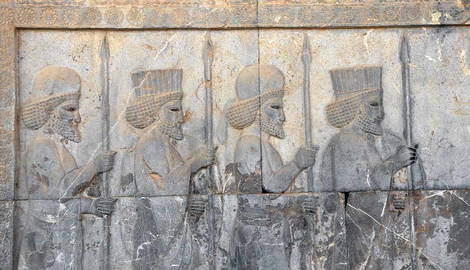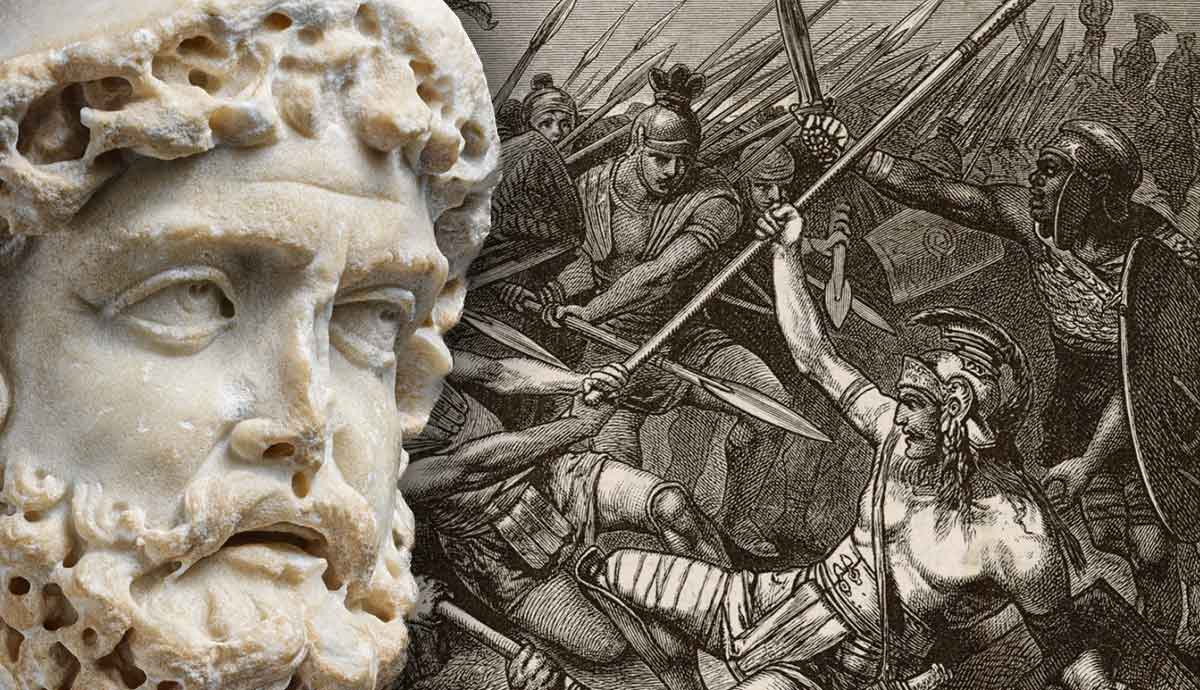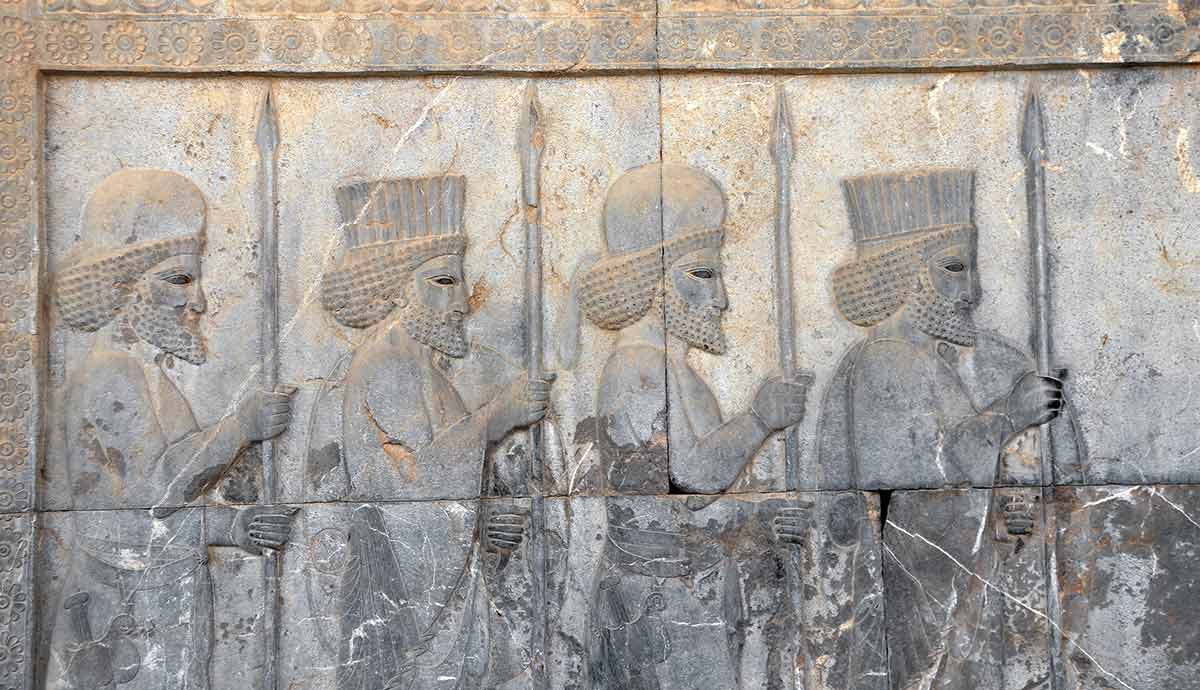
The land that would become the notorious Neo-Assyrian Empire began as the humble city-state of Assur around 2279 BCE. Under Puzur-Ashur I, Assur became independent when the Third Dynasty of Ur fell around 2025 BCE, marking the beginning of the Old Assyrian period. Historians debate the level of autonomy. The Middle Assyrian Empire established itself around 1363 BCE when Ashur-Uballit I fought for Assyrian independence against the Mitanni. This empire would give way to the Neo-Assyrian Empire in 912 BCE, which was infamously ruled by brutal warrior kings. But there were plenty of famous and brutal leaders among the earlier Assyrians.
Shamshi-Adad I: The Ruthless Empire Builder
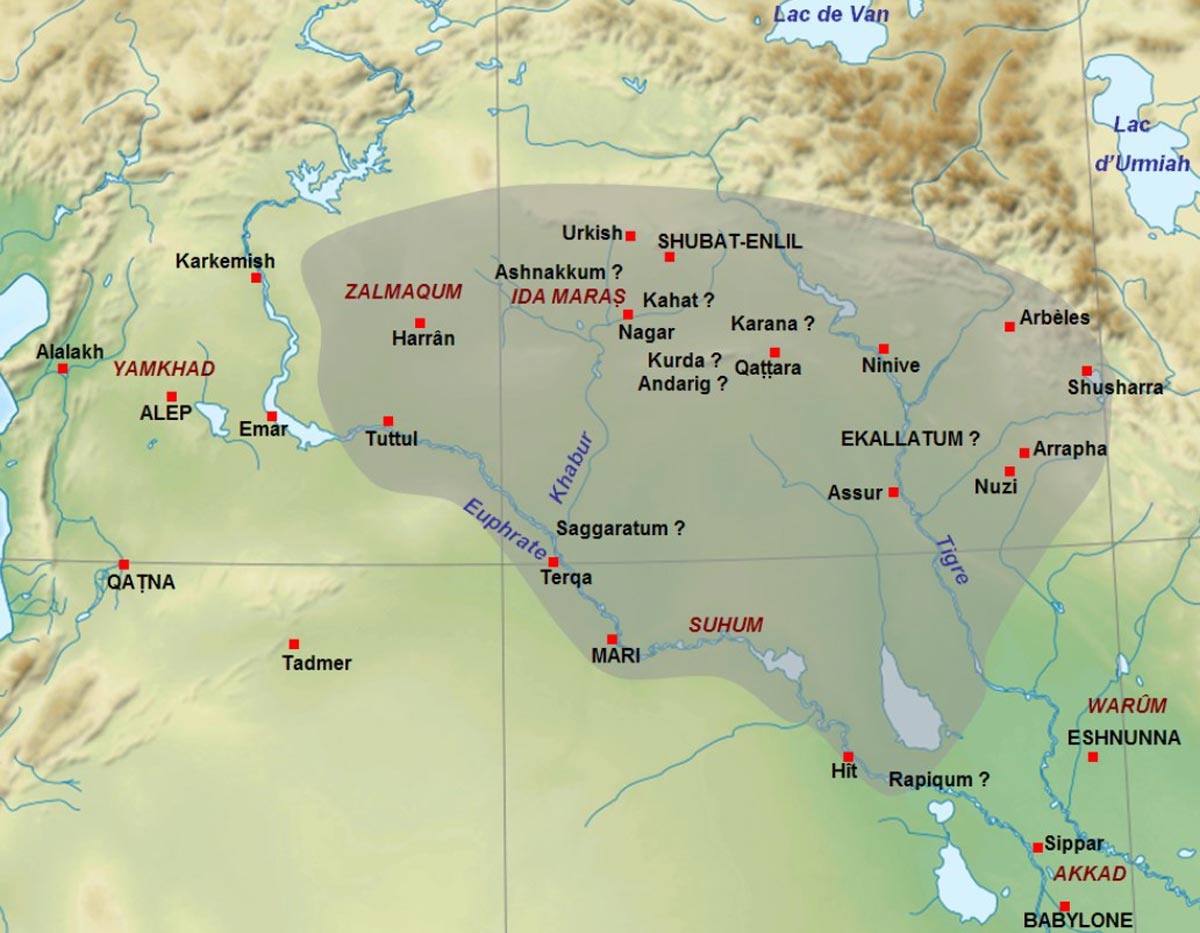
Puzur-Ashur I initiated a dynasty of native Assur kings that lasted for eight generations, but Shamshi-Adad I put an end to this. Shamshi-Adad inherited the kingship of Ekallatum and attacked Assur when Naram-Sin was on the throne but was defeated. However, he tried again under Naram-Sin’s successor, Erishum II, and was successful in 1808 BCE.
Shamshi-Adad I introduced a more Babylonian concept of kingship to Assyria due to his Amorite origins. Until this point, Assyrian kingship had worked alongside the city assembly, but Shamshi-Adad I ensured the king held greater authority. Sarrum, the Assyrian word for king, was actually first used under Shamshi-Adad, as well as the phrase “King of the Universe,” although this fell out of use swiftly after his death until much later in Assyrian history.
The Amorite usurper inscribed his name on many temples in Assur and regulated market prices, but Shamshi-Adad’s main focus was on military exploits. After consolidating Assur, he turned his attention to the abandoned town of Shekhna, which he made the new capital of a small northern Mesopotamian empire that frequently fought for power with their neighbors to the south.
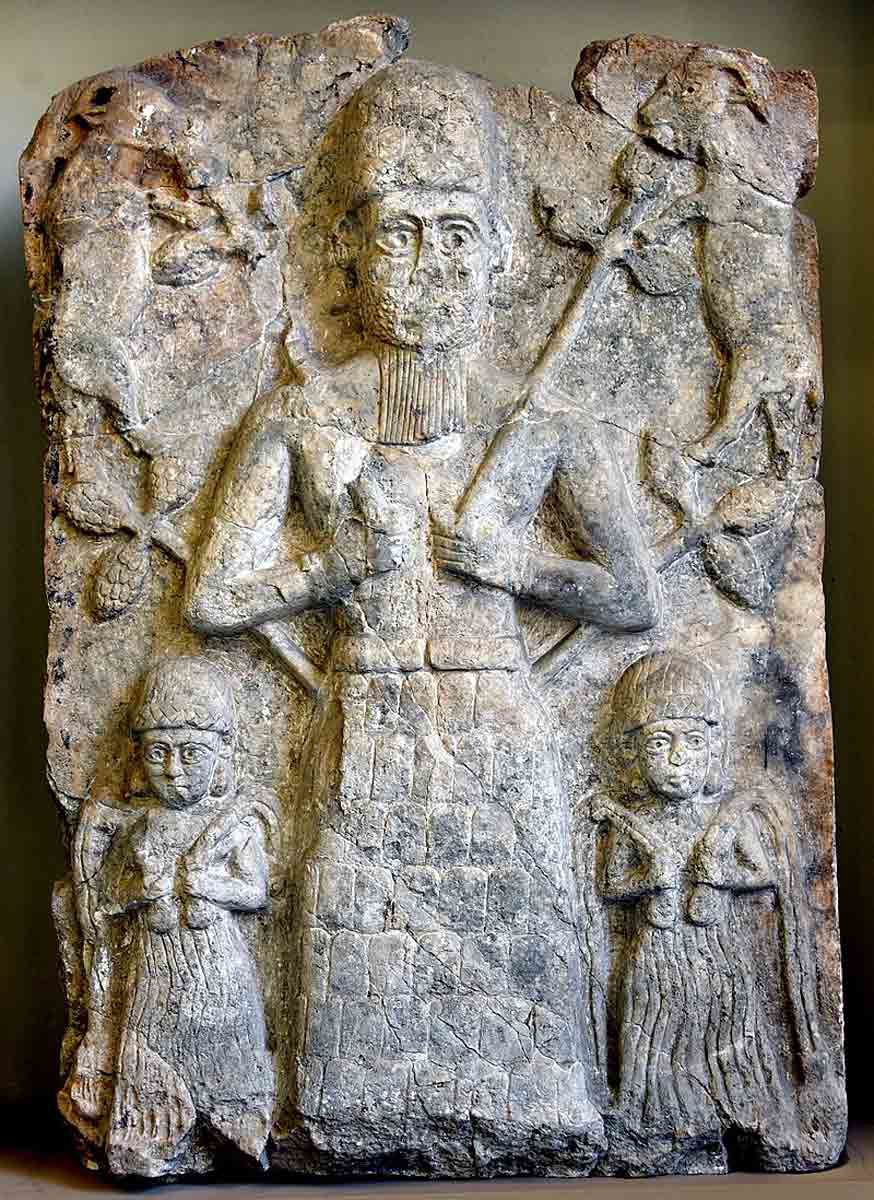
When the king of Mari was murdered and the heir subsequently escaped in the following chaos, Shamshi-Adad launched an assault. The city of Mari was an important trading point between Anatolia and Mesopotamia and so would have greatly increased Shamshi-Adad’s power and wealth. Once in power, Shamshi-Adad positioned his sons at strategic points to ensure unmitigated control.
In the later years of his reign, Shamshi-Adad allied with the king of Eshnunna and they vanquished the area by the Zab river. Nonetheless, the relationship quickly soured and the kings fought border skirmishes against each other. As he got older, the kingdom Shamshi-Adad I had sought to strengthen began to deteriorate rapidly. Upon his death, his empire crumbled, but his son took the throne and fought back.
Bel-Bani: The Dynasty Founder
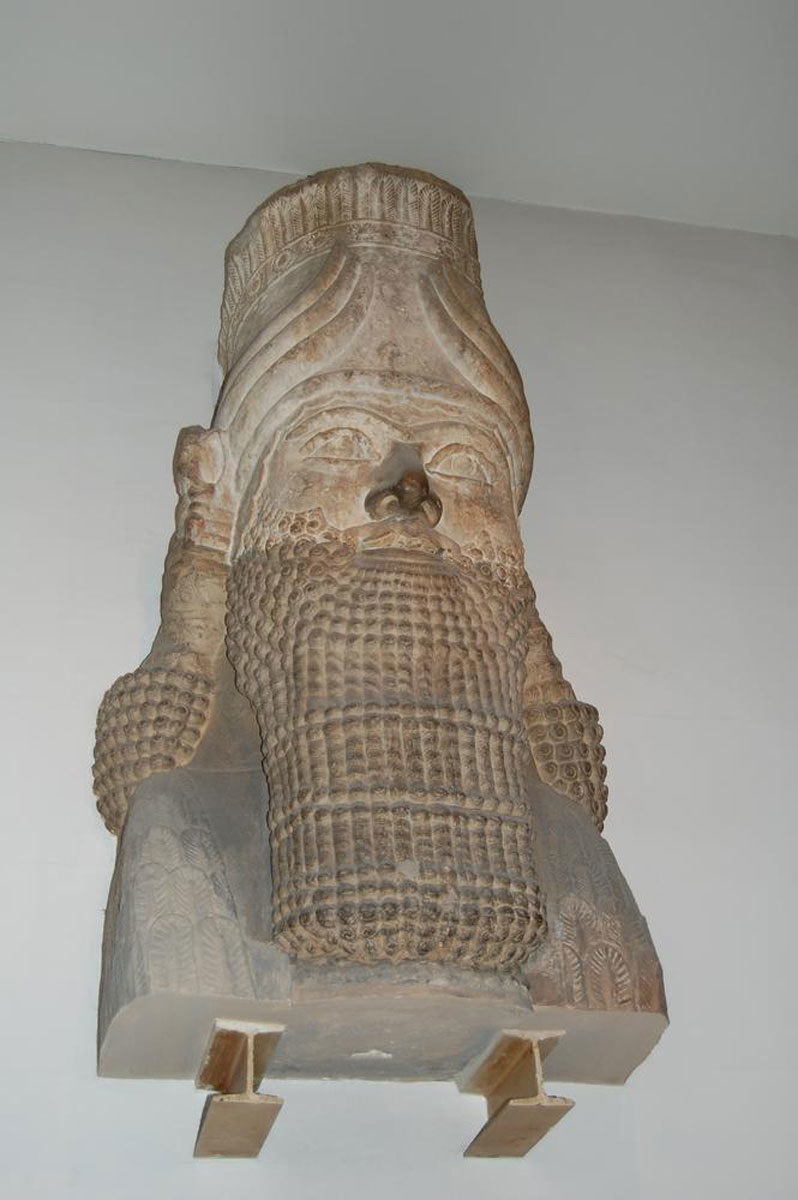
The death of Shamshi-Adad I ushered in a brief period of continuity, but from 1735 to 1700 BCE, Assur was ruled by an ensemble of seven usurpers who all fought for the crown. Bel-bani ascended to the throne in 1701 BCE and was the first king to inherit the throne from their father since before the era of the usurper rulers.
Bel-bani was seen as a legendary king by later Assyrian monarchs such as Esarhaddon and Ashurbanipal. Notably, he was seen as the founder of the Adaside dynasty, which is named after his father, Adasi. This dynasty ruled over Assyria until 722 BCE and only ended with the death of Shalmaneser V during the Neo-Assyrian Empire.
Little is known about the details of Bel-bani’s ten-year reign, but it is marked by relative stability and his kingship passed on to his son without issue. Overall, he is seen as the king who restored native Assyrian rule to Assur. The Old Assyrian period was characterized by the increased emphasis on native Assyrian culture, yet Assyria as a whole was rather insignificant in the grand scheme of contemporary Mesopotamian politics. Assur and its residents went through what historians often call the “Assyrian Dark Age,” during which not much is known or recorded about everyday life. That is until the ascendancy of the Middle Assyrian period.
Ashur-Uballit I: The International Diplomat
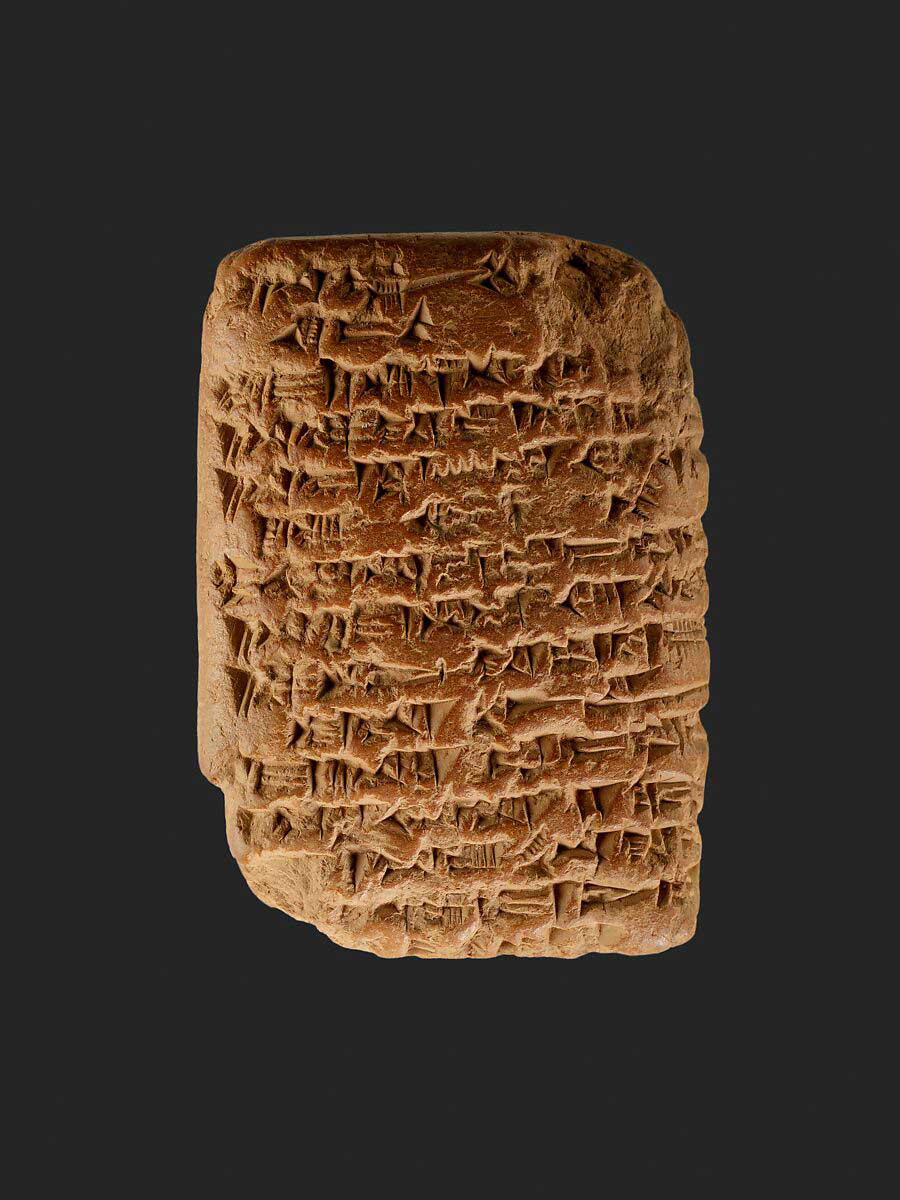
Mitanni had conquered Assyria in around 1430 BCE, and by the time of Ashur-uballit I’s authority, Assyria had been under Mitanni rule for around 70 years. The Kingdom of Mitanni was confronted with great amounts of turbulence, most notably the war between Mitanni and the Hittites that resulted in a Hittite victory and consequent shrinkage of Mitanni territory. All that was left was the Mitanni heartland.
Under his father, Eriba-Adad I, a political faction that sympathized with Assyria emerged in the Mitanni court, which meant that Assyria was able to separate itself from the dominant state. Ashur-uballit I then proceeded to capitalize on the instability of his overlords and declared Assyria fully independent as Mitanni was caught up in the Hittite war and had a problem with succession.
Ashur-uballit I focused on expanding his new, succinct kingdom and swiftly subjugated the lands surrounding the Tigris and Upper Zab rivers near the Taurus Mountains. Moreover, he placed increased significance on his position as king and used the title Sar, the first Assyrian ruler to do so since the reign of Shamshi-Adad I. He also stressed the importance of expanding Assyrian territory in the name of the gods and civilizing surrounding states, which he viewed as uncultured.
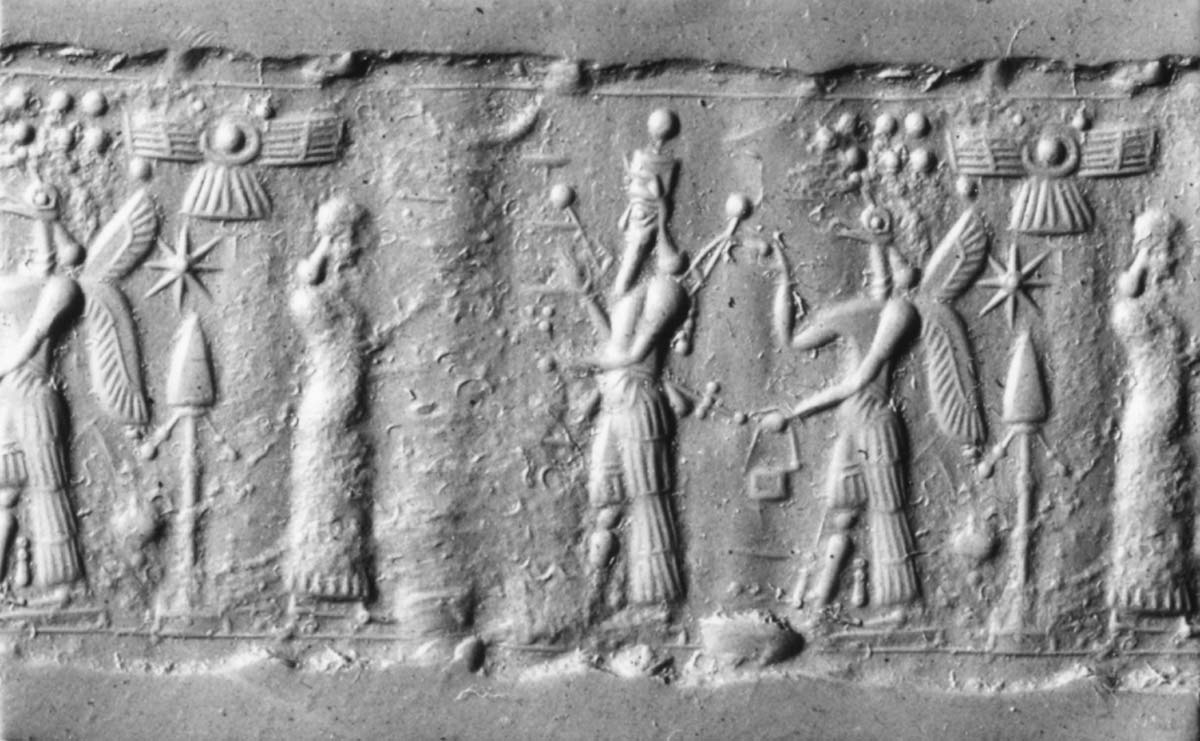
The new king also pursued matters of diplomacy with Babylonia and Egypt. Originally, Assyrian and Babylonian relations were tense, but peace was achieved when Ashur-uballit I married the daughter of the Babylonian king, which also reflected Assyria’s newfound status among the established Mesopotamian kingdoms. Similarly, when the Babylonian king died and usurpers tried to take the crown, Ashur-uballit I marched into Babylon and installed the king’s son on the throne.
As well as establishing Assyrian independence, Ashur-uballit I is most known for his communication with the Pharaoh Akhenaten, which is memorialized in the renowned Amarna Letters. Two letters from Ashur-uballit I have been found in the collection written in the Assyrian cuneiform dialect. In one of the letters, he discusses the gifts he has sent the pharaoh as an offering of friendship, namely a chariot, two horses, and lapis lazuli.
Tukulti-Ninurta I: The Destroyer of Babylon
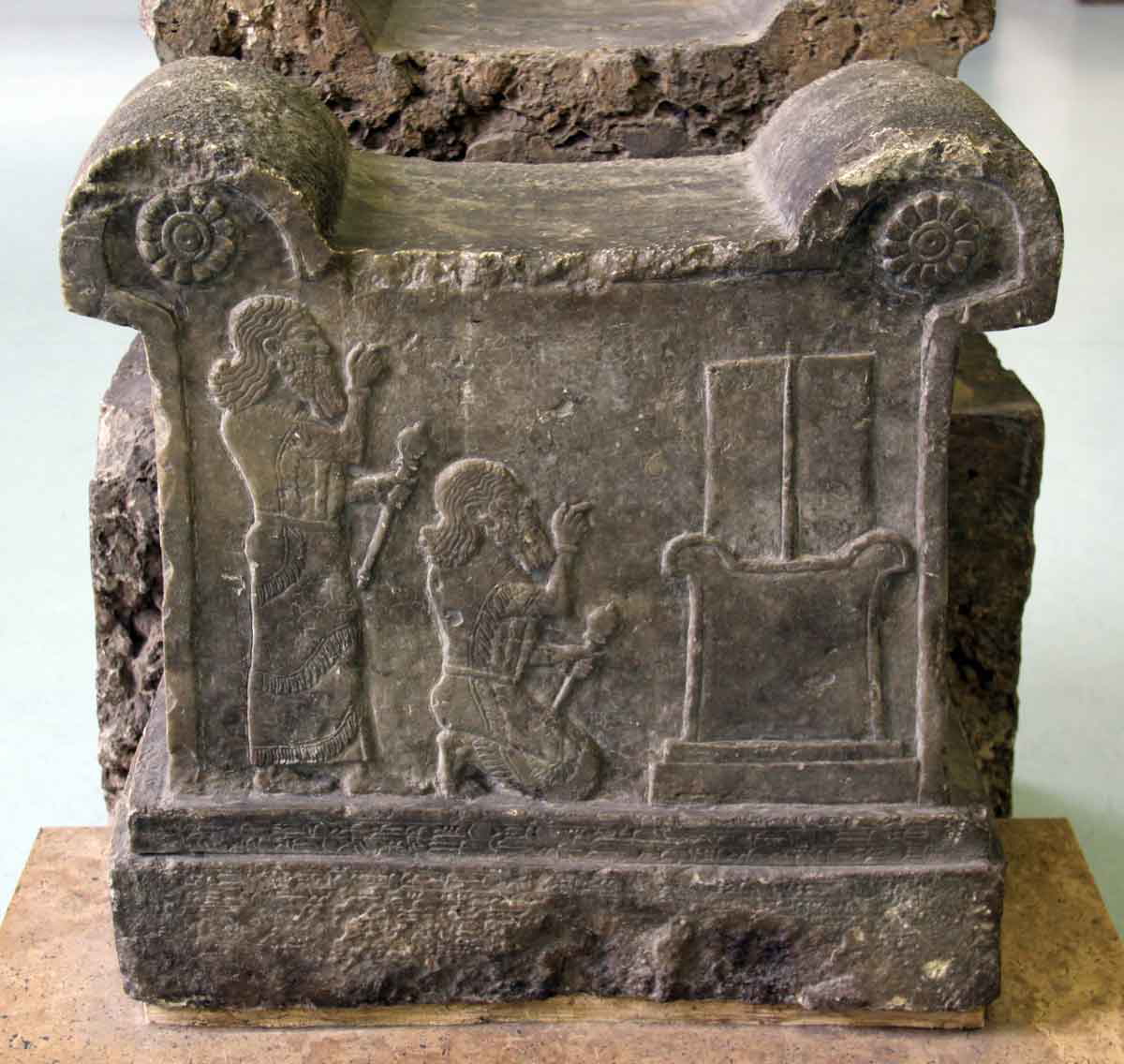
Tukulti-Ninurta I succeeded two great kings in their own right, his grandfather Adad-nirari I and his father Shalmaneser I. Both of his predecessors ushered in a new and heightened idea of a militaristic kingship and fought great wars with the Hittites, Mitanni, and Babylonia. Under Adad-nirari I, the border between Assyria and Babylonia had been reshaped in Assyrian favor. Upon his ascension in c. 1243 BCE, Tukulti-Ninurta I sought to finish what his grandfather had started.
Tudhaliya IV ascended the Hittite throne. The Hittites had been weakened substantially, and Tukulti-Ninurta I seized the opportunity to attack Assyria’s once great foe as rebellions erupted in the Hittite heartland. Both kings met at the Battle of Nihriya in c. 1237 BCE, which resulted in an absolute Assyrian victory. Tukulti-Ninurta I claimed he took 28,800 hostages in the conflict’s wake.
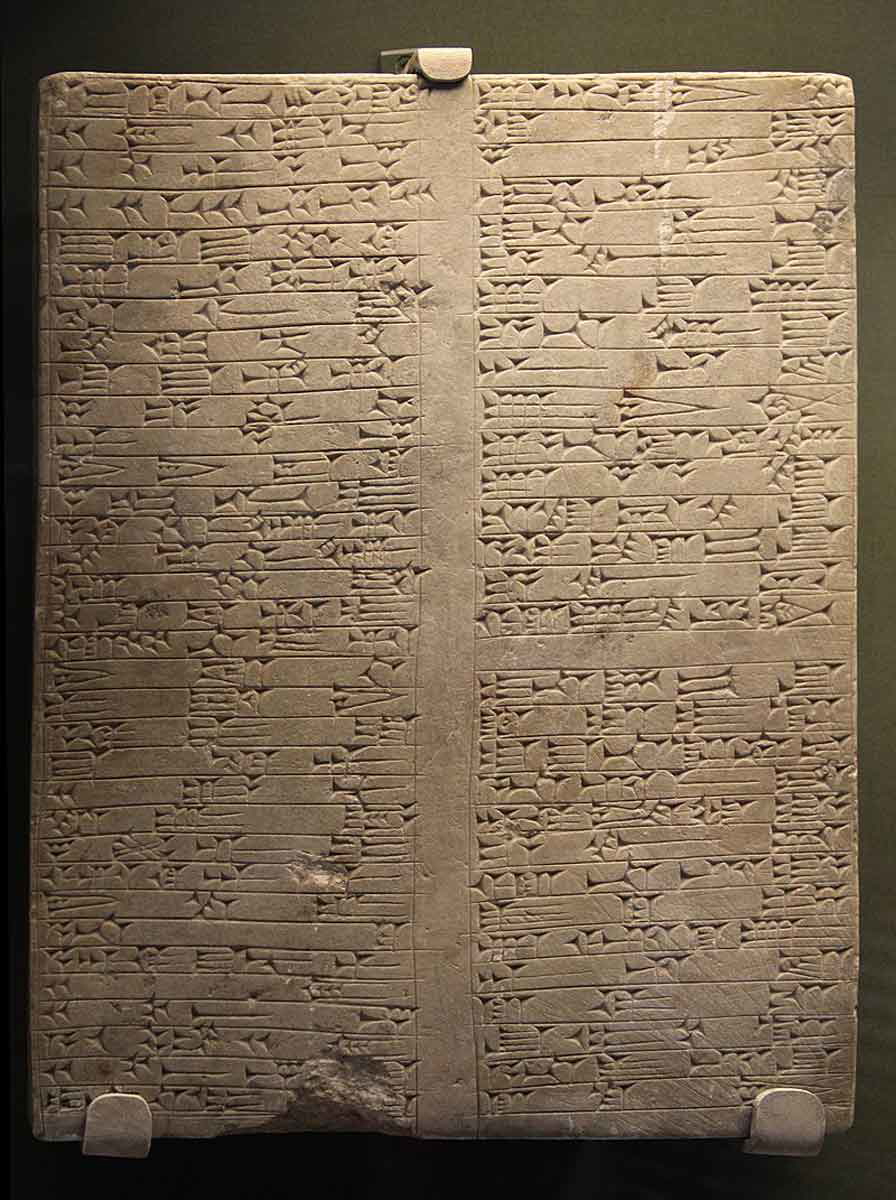
Tensions were growing with Babylon and in his self-titled epic tale, the Tukulti-Ninurta Epic, Tukulti-Ninurta I declared that he was obliged to attack Babylon because the King Kashtiliash IV had gone against the gods and had invaded the lands of Assyria. In an act of protest, Tukulti-Ninurta I marched into the Babylonian borders and began taking smaller settlements. The Assyrian ruler went on to conquer Babylonia and ruled as far south as the Persian Gulf. Tukulti-Ninurta I claimed he met Kashtiliash IV in battle and brought him back to Ashur as a captive.
Nevertheless, the conquest of Babylon was not so simply won. Tukulti-Ninurta I had installed a vassal king and the people began a revolt almost immediately. Two other rebellions followed swiftly and Tukulti-Ninurta’s patience had worn thin. Consequently, the Assyrian king, who at this point had declared himself King of Babylon and the King of Sumer and Akkad, marched into Babylonia again.
This time Tukulti-Ninurta I sacked the city and took vast numbers of citizens as slaves. Moreover, he destroyed Babylonian religious sites and took the statue of their primary god, Marduk, back to Assyria. Such brutality had never been inflicted on the cultural hub of Babylon before and even many native Assyrians were conflicted over Tukulti-Ninurta’s treatment of the city. Historians have long theorized this was a large factor in Tukulti-Ninurta’s assassination.
Tiglath-Pileser I: The Intellectual Zealot
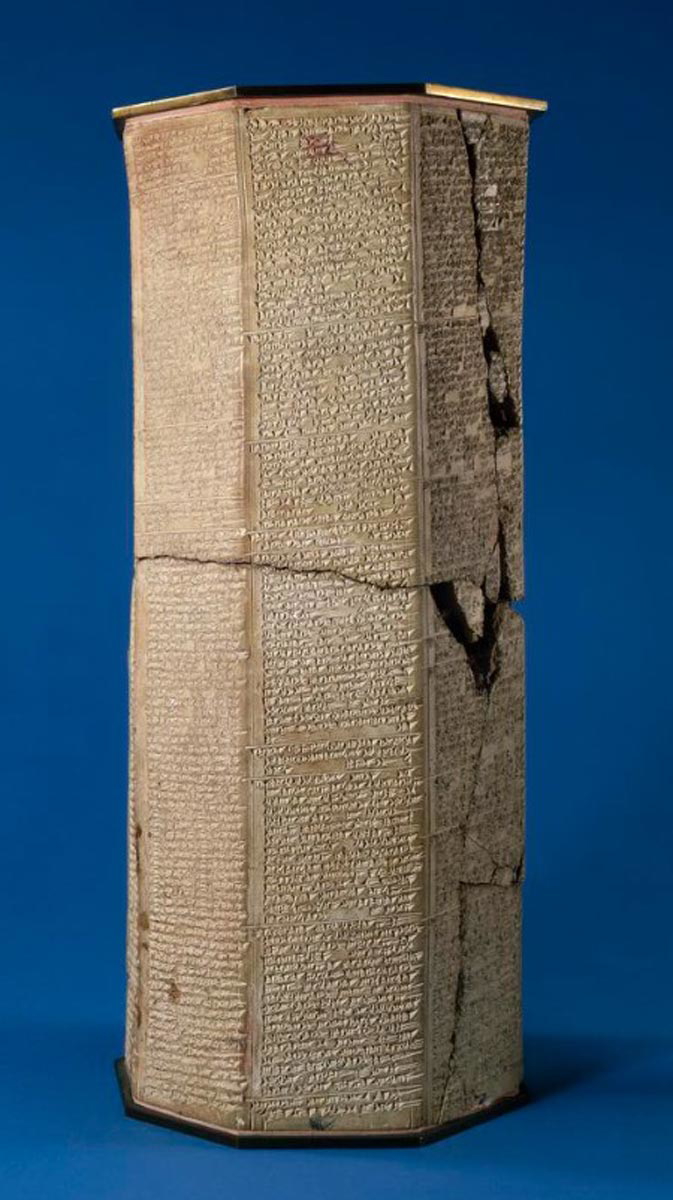
Nearly a hundred years after the reign of Tukulti-Ninurta I, another impressive warrior king emerged as the Assyrian leader. Tiglath-Pileser I ruled for an impressive 37 years, and in this period, he oversaw vast amounts of expansion as well as an intense focus on the development of Assyrian culture.
Tiglath-Pileser succeeded his father in c. 1114 BCE and instantly went to war in Anatolia and then drove the Hittites out of Assyria’s bordering territories. He also noticed incursions into Assyrian land from the relatively new Aramean tribes and fought multiple battles, yet he was largely unsuccessful in his attempts to repel them.
Overall, Tiglath-Pileser failed in his endeavors to expand east but was more fortunate in the west. Namely, Tiglath-Pileser gained access to the Mediterranean by conquering the Hittite town of Pitru on the Euphrates. He then traveled to Sidon and then Arvad where he took a ship around the Mediterranean Sea.
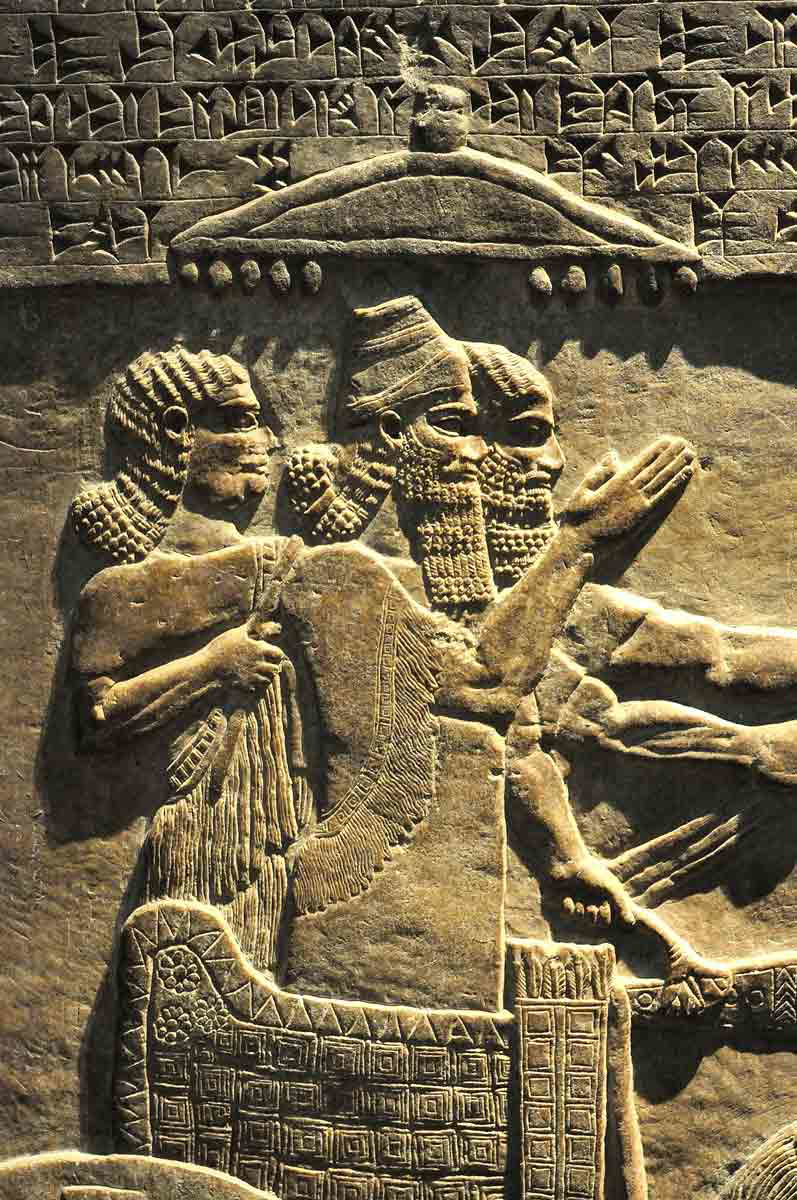
Furthermore, Tiglath-Pileser I was famous for his devotion to literary exploits as evidenced by the composition of the first royal annals during his reign and the building of a great library in Ashur. He was also noteworthy for his commitment to religion and even foreign gods. For instance, when he conquered Babylon, he demolished the palace but left the temples intact.
Tiglath-Pileser I’s dedication to the gods also materialized in human sacrifice, something not typically practiced in Assyria. While this emphasizes his religious zeal, it has been theorized that this custom was employed mainly to horrify his enemies and make his subjects both fear and respect him.
The Assyrian king’s lasting legacy described him as a fearsome warrior, a just lawmaker, and an intellectual individual. However, his empire was not to last and crumbled under his immediate successors. It would not be until the reign of Ashur-dan II, the last king of the Middle Assyrian Empire almost 200 years later, that Assyria would regain its splendor. It is generally considered that Tiglath-Pileser I was ahead of his time in terms of Assyrian kingship and later kings, specifically the brutal Sargonid kings in the later part of the Neo-Assyrian Empire, emulated his approach to leadership.
